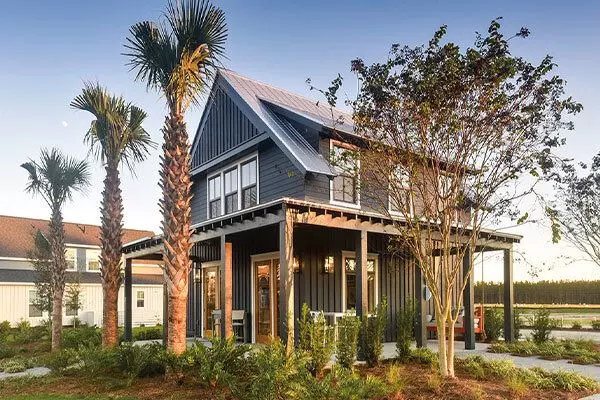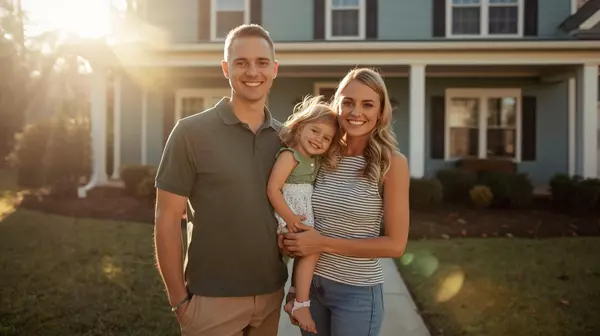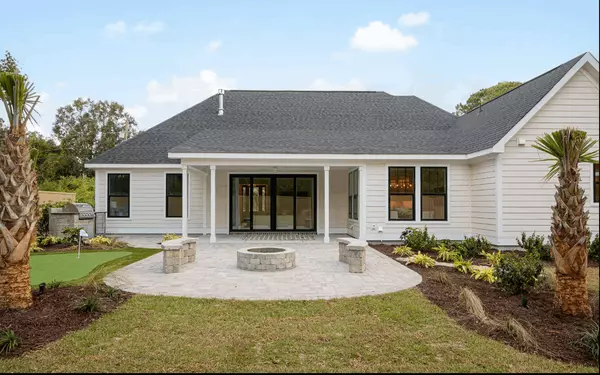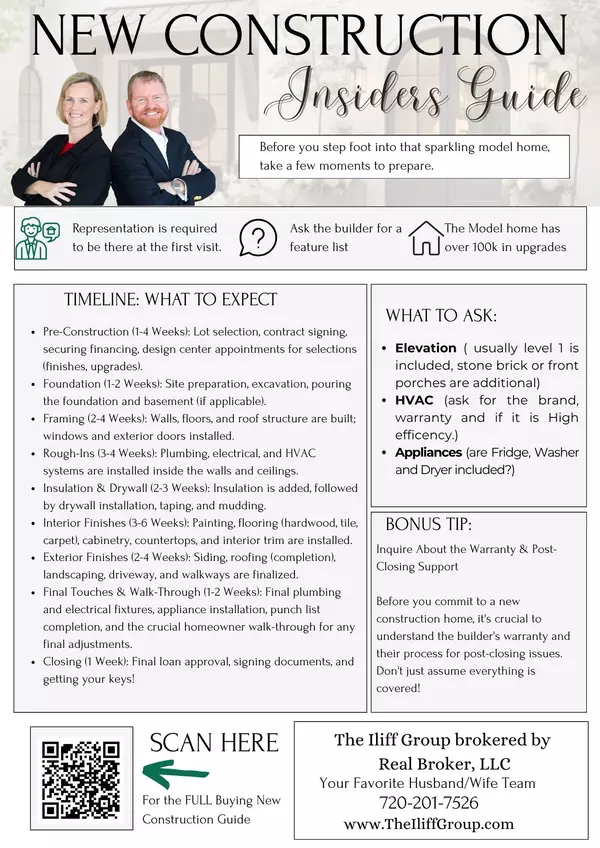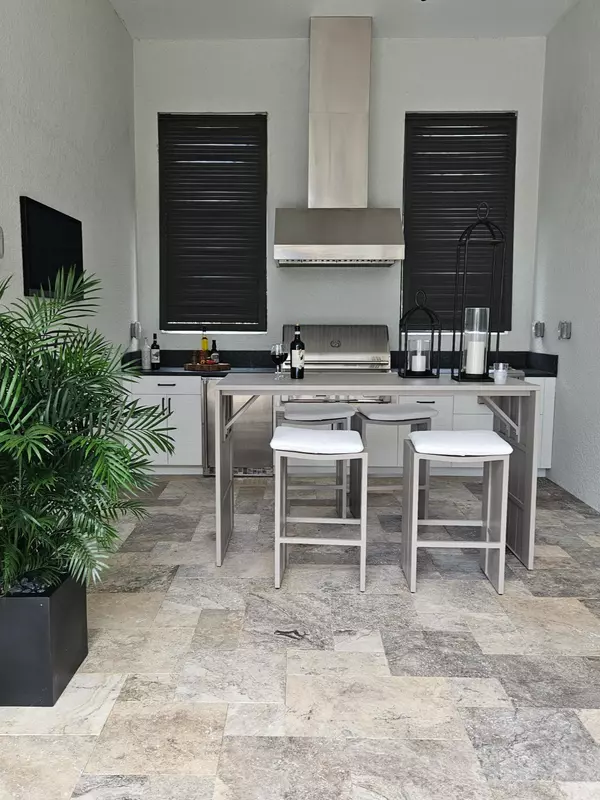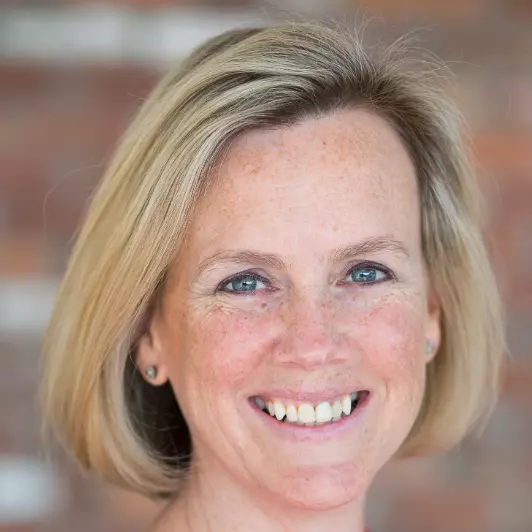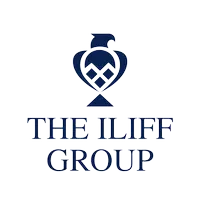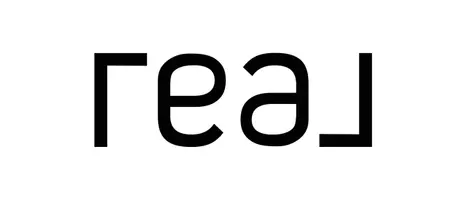How Does Summerville, SC’s Real Estate Market to Charleston's?
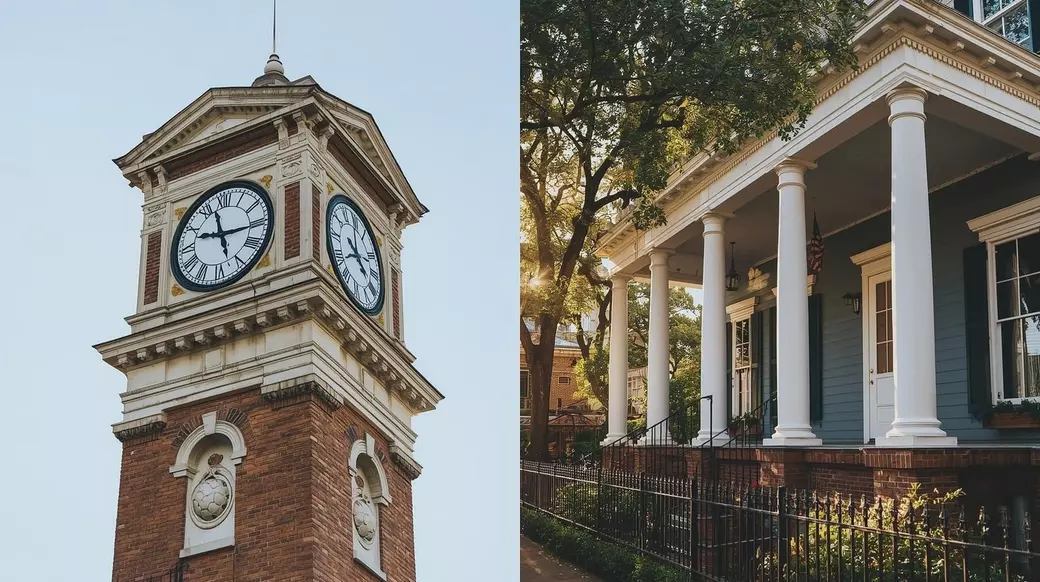
Maximizing Your Investment: Why the Lowcountry’s Charm Town Offers a Unique Financial Advantage
As a local husband and wife real estate team, we spend every day navigating the vibrant, complex, and rapidly evolving Lowcountry housing market. For families relocating or moving within the area, the biggest question is often a classic choice: Do we embrace the historic, urban energy of the greater Charleston area, or do we seek the growth and value proposition of Summerville?
This is not just a preference for pine trees over port views; it’s a crucial financial comparison that determines everything from our home’s eventual appreciation to our daily cost of living. To make the most informed decision for your family’s wealth and lifestyle, we have conducted an in-depth analysis, breaking down the market metrics, tax differences, and quality-of-life trade-offs between Summerville, SC, and the greater Charleston area. We’re here to show you exactly how Summerville’s unique position can offer a powerful blend of affordability, top-tier schools, and long-term investment potential that often surpasses its more famous neighbor.
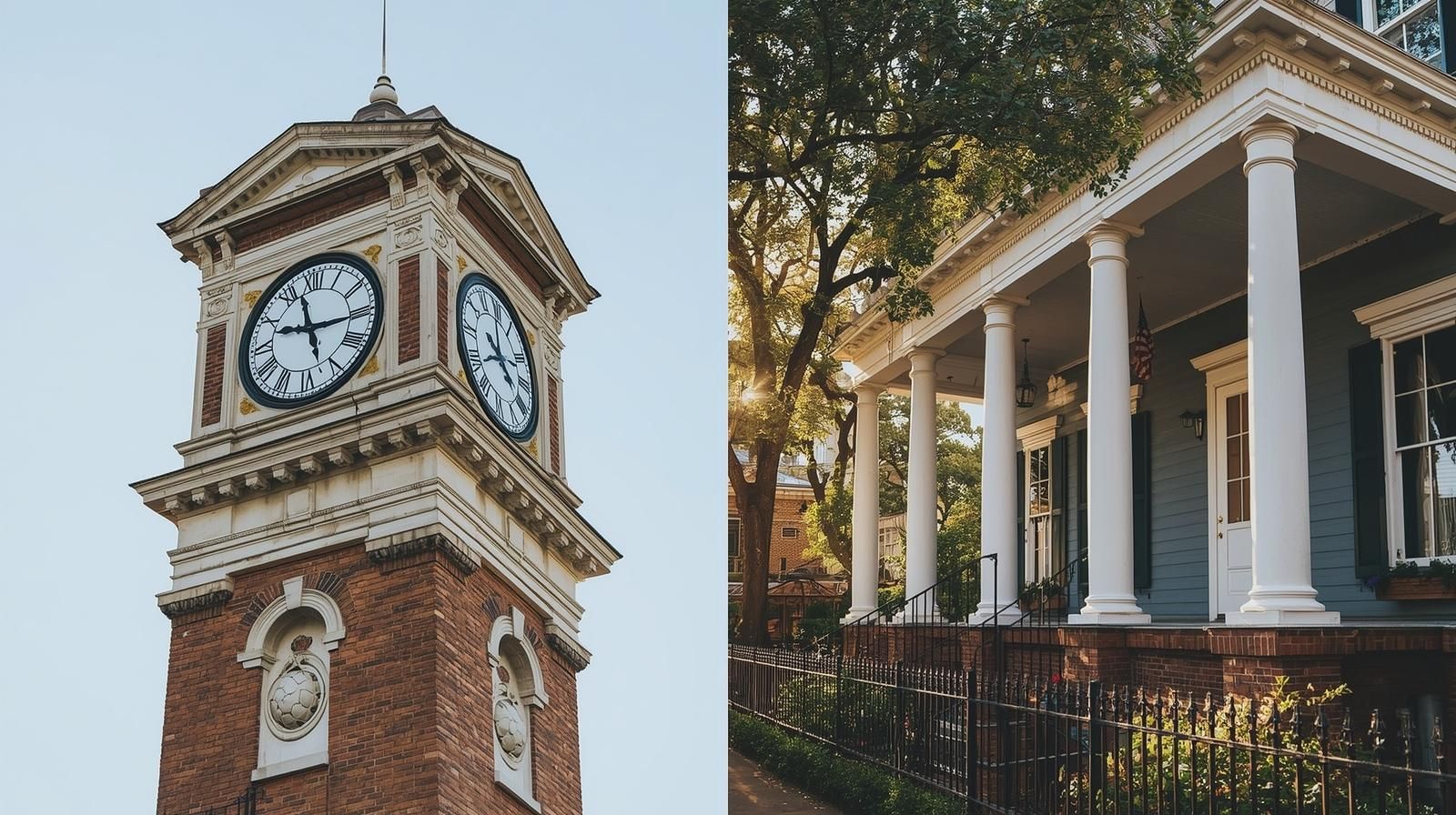
The Affordability Index: Median Home Price and Price Per Square Foot Comparison
The most immediate and striking difference between the two markets is the cost of entry. Summerville’s real estate market has consistently offered a more accessible entry point, allowing us to acquire significantly more home for our money. This affordability gap is the engine driving the population and business boom in the "Flowertown in the Pines."
Comparing the Median Home Sales Price
The median sale price serves as the clearest benchmark for market comparison. Recent market data shows a substantial gap between the two locales:
-
Greater Charleston Area (Urban Core): The median sale price in the urban core and immediate coastal communities is often significantly higher, recently hovering between $550,000 and $650,000. Areas like downtown or the high-demand barrier islands command prices that are often luxury-market territory.
-
Summerville (Dorchester & Berkeley Counties): Summerville consistently maintains a lower median sale price, often settling in the $330,000 to $420,000 range.
This gap means that a buyer with a budget of $400,000 is a competitive buyer in Summerville but may be priced out of the single-family home market closer to the coast. This lower barrier to entry is essential for first-time buyers and growing families looking for space.
Analyzing the Price Per Square Foot (PPSF)
The price per square foot (PPSF) reveals the true cost of physical space. This metric clearly illustrates Summerville’s value proposition. While PPSF in the urban core can easily exceed $350 to $400, in Summerville’s popular neighborhoods like Cane Bay, Nexton, or the DD2-zoned areas, we frequently see PPSF remain significantly lower, often in the $180 to $220 range. For us, this means that every dollar we invest in a Summerville home is buying us nearly double the usable square footage compared to a similar investment in the urban center, directly translating to larger homes, bigger yards, and more amenities.
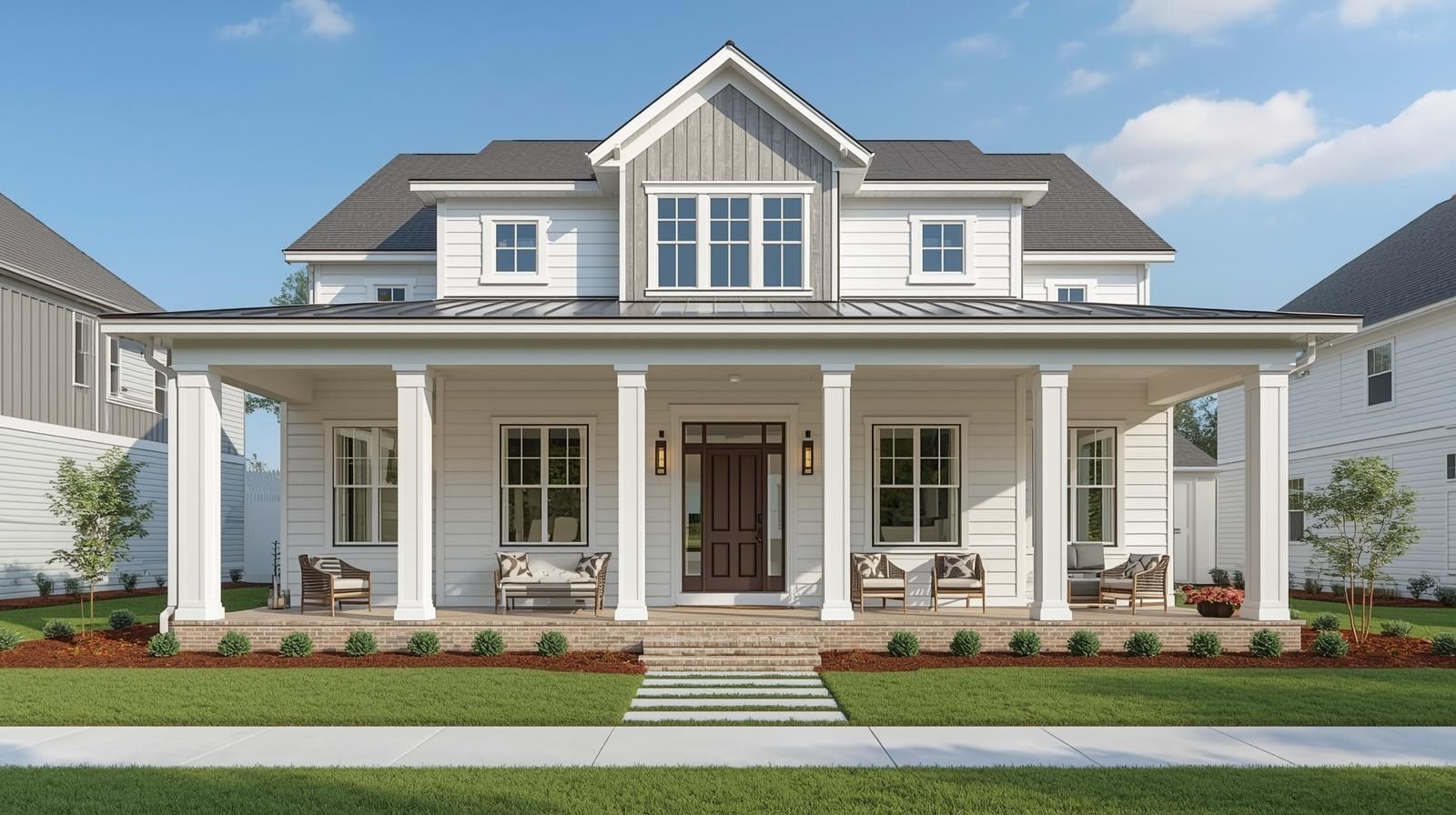
The Investment Angle: Appreciation, Stability, and Growth Drivers
While Summerville offers greater upfront affordability, the savvy buyer needs to consider which market offers the best long-term wealth-building potential. We believe Summerville offers a more predictable and resilient path to appreciation, backed by powerful local economic drivers.
Market Appreciation Rate and Investment Security
Historically, the Lowcountry has shown robust appreciation across the board. However, the dynamics of that appreciation are different. The Charleston area markets may see spectacular, high-percentage appreciation when inventory is extremely low, but they also tend to have price plateaus due to their already high baseline values. Summerville’s appreciation, while sometimes slower, is often more stable and driven by fundamental, sustained demand.
Summerville’s growth is fueled by massive infrastructure and corporate investment, think major employers like Volvo and the growing Camp Hall industrial park. This continuous influx of high-wage jobs creates a reliable, decades-long demand for housing, acting as a strong floor for home values and ensuring consistent, resilient appreciation. The investment in a Summerville home is fundamentally secured by this economic engine.
The Power of Suburban Premium: School Districts
A key financial driver in Summerville, particularly in the Dorchester II (DD2) school district areas, is the School District Premium. Nationally recognized and highly rated school districts consistently attract young families, which creates intense competition and drives prices up, regardless of broader market fluctuations.
In Summerville, we benefit from this DD2 premium, where home values are buffered and appreciated by the strength of the schools. We find that homes in these zones hold their value more fiercely during market downturns, making the investment less volatile and more secure for our family's long-term financial plan. This vital asset, the school district, is less of a differentiating factor in the urban core, where highly sought-after schools are not as geographically concentrated.
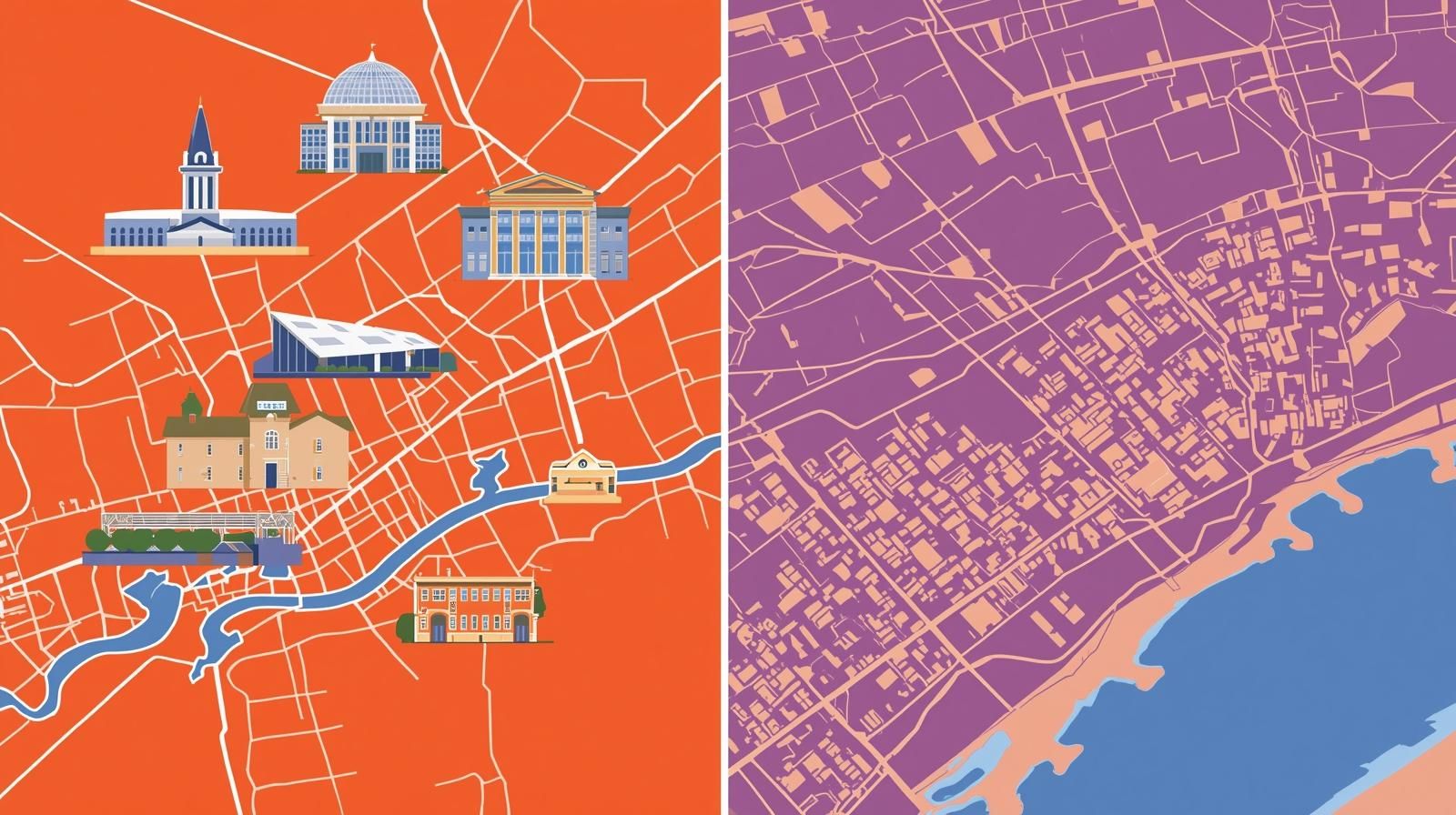
Unseen Costs: Property Taxes, Insurance, and the Commute Trade-Off
Comparing only the sale price is a rookie mistake. As experienced locals, we always guide our clients through the crucial "hidden costs" that determine their final monthly payment and quality of life.
Property Tax Savings: Summerville’s Advantage
South Carolina is generally tax-friendly for owner-occupants, but the specific millage rates and assessed values can vary significantly by county and municipality.
-
Owner-Occupied Assessment: All primary residences in South Carolina enjoy the 4% assessment ratio, a massive benefit.
-
County Rate Variations: Summerville's location primarily in Dorchester and Berkeley Counties often results in a lower overall millage rate compared to some of the higher-taxed municipalities closer to the coast. While this difference may seem marginal on a single bill, over a 30-year mortgage, the cumulative savings on property taxes in Summerville can amount to tens of thousands of dollars, further enhancing the affordability advantage.
Insurance and Flood Risk
Living in the Lowcountry means acknowledging the financial risk associated with coastal weather. While Summerville is generally less prone to coastal flooding than properties directly bordering the ocean or marsh, many areas still require flood insurance. However, the inland location of Summerville often means:
-
Lower Premiums: Homeowners insurance, particularly the wind/hail component, is often less expensive in Summerville than for comparable homes closer to the coast, where premiums are significantly higher due to severe weather exposure.
-
Less Mandatory Flood Insurance: While due diligence is always required, fewer properties in Summerville fall into mandatory high-risk flood zones, giving us more options for lower-cost insurance solutions.
The Commute: The Time and Value Calculation
For those working in the urban core, the commute from Summerville is the most critical trade-off. Summerville provides the quiet suburban lifestyle, but a rush hour commute on I-26 into the urban work centers can reliably take 60 to 90 minutes during peak hours.
We encourage our clients to perform a Time-Value Analysis: Is the extra 60 to 90 minutes of daily commuting time worth the $150,000 to $250,000 saved on the purchase price? For many, the ability to buy a larger home in a top school district, with more stable long-term appreciation, outweighs the daily drive, especially for those with hybrid or flexible work schedules. Furthermore, the commute to the massive job centers in North Charleston (like Boeing) or the rapidly growing industrial corridor (like Volvo) is often significantly shorter and less congested from a Summerville address.
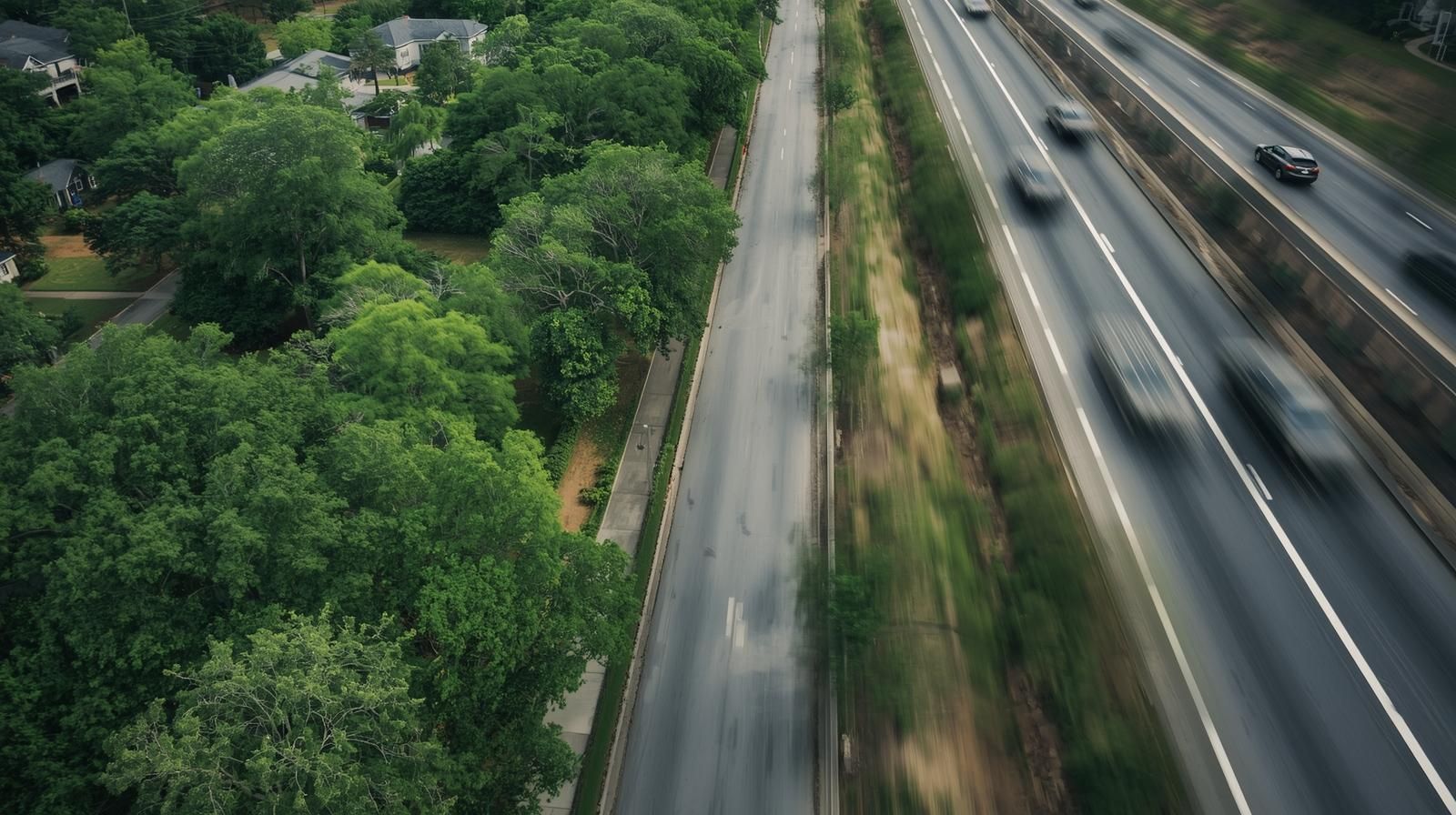
Lifestyle and Community: The Intangible Investment Return
The true long-term value of a home isn't only found in a spreadsheet; it's also found in the community we build. Summerville offers a distinct, high-quality lifestyle that contributes to our overall sense of well-being and is a significant return on our investment of time and money.
Community & Amenities
Summerville offers a unique blend of historic charm in its downtown district, balanced by the modern amenities of master-planned communities like Nexton and Cane Bay Plantation. These areas are designed for family living, featuring:
-
Master-Planned Living: We see expansive amenity centers, resort-style pools, miles of walking trails, and dedicated community spaces that enhance our daily lives.
-
Small-Town Feel: Despite its rapid growth, Summerville maintains a distinct, historic identity and a stronger sense of community connection than the dense, segmented neighborhoods of the urban center.
Long-Term Income and Affordability Projections
The median household income for the Summerville area is competitive with the broader Charleston area, meaning our purchasing power for housing is amplified by the lower median home price. Our income goes further here. When we couple this higher purchasing power with the lower price per square foot and the property tax advantages, Summerville clearly emerges as the financially superior choice for families prioritizing space, schools, and overall budgetary stability over the immediate convenience of a short city commute.
We believe that for the buyer looking for a smart, long-term investment in a community designed for family life, Summerville provides the stability and growth potential that positions our family for greater financial success in the Lowcountry.
Your Next Lowcountry Move Starts Here.
The data is clear: Summerville offers an unmatched blend of financial value, school excellence, and community growth. Choosing the right neighborhood to balance your commute, your budget, and your long-term goals requires expert, local knowledge that goes beyond simple website listings. We're ready to put our local market expertise to work for your family.
Contact us today for a personalized Summerville vs. Charleston Area Investment Analysis! We’ll crunch the numbers for your specific financial profile and help us pinpoint the perfect Lowcountry location.
Related Resources:
-
The Ultimate Guide to Dorchester II (DD2) School District Real Estate Values
- Decoding Lowcountry Traffic: How to Strategically Plan Your Commute and Home Location
Frequently Asked Questions
To ensure you have a complete financial picture, here are the top five questions we often receive from buyers comparing Summerville to the Charleston area, with our expert answers.
Q1: Is the long-term appreciation rate better in Summerville or in the Charleston area?
The Charleston area often sees higher peak appreciation in short, volatile bursts due to limited inventory and high demand from second-home buyers. However, Summerville offers more consistent and stable appreciation, driven by the sustained demand from large-scale corporate relocation and the highly desirable DD2 school district premium. For us, Summerville represents a less speculative, more predictable long-term investment path.
Q2: How significant are the property tax savings for an owner-occupant in Summerville versus a home in the Charleston area?
The savings can be substantial, as Summerville properties benefit from the lower tax millage rates in Dorchester and Berkeley Counties compared to many of the highly incorporated municipalities closer to the coast. While all South Carolina homeowners get the 4% assessment, the applied millage rate in Summerville is often lower, resulting in significant annual savings over the life of our mortgage.
Q3: How do the high HOA fees in Summerville’s master-planned communities affect the overall monthly housing cost?
HOA fees in master-planned communities like Nexton or Cane Bay can range from $100 to over $200 per month, adding to our monthly expenses. We must view these fees as a necessary exchange for amenities like pools, clubhouses, and maintained common areas, which enhance our lifestyle and contribute to higher resale values. In the Charleston area, we'd instead pay for private club memberships or higher insurance, so the total amenity cost often balances out.
Q4: If we plan to sell our home in three years, which market offers the best short-term liquidity?
The Charleston area typically offers slightly better short-term liquidity due to its proximity to major job centers and appeal to a broad range of buyers, including investors and second-home owners. However, the extremely high closing and transaction costs associated with selling a high-value urban home can erode our profits quickly. For a three-year window, Summerville's lower purchase price makes the inevitable selling transaction costs a smaller percentage of our total investment.
Q5: Does the longer commute from Summerville financially impact our home’s resale value?
No, the longer commute does not negatively impact Summerville’s home values; the market has already factored this trade-off into its pricing. Summerville's high demand is fueled by buyers willing to exchange commute time for better value, newer homes, and the highly-ranked DD2 schools. Instead of impacting value, the commute simply defines the type of buyer who will pay a premium for our home, which will be the buyer prioritizing lifestyle and affordability.
Categories
- All Blogs (83)
- Cost of Living in Summerville SC (21)
- Cost of Selling or Buying a Home (23)
- Downtown Summerville SC (6)
- Freebie (2)
- Golf in Summerville SC (2)
- Guides (15)
- Job Opportunities in Summerville SC (1)
- Lifestyle and Culture (22)
- Market Trends (3)
- Nearby Areas & Comparison Guides (15)
- Neighborhoods in Summerville SC (21)
- PCSing to Charleston - Military Guidance (12)
- PCSing to Charleston SC (22)
- Property Taxes in Summerville SC (6)
- Relocation Questions & Miscellaneous Topics (39)
- Retire in Summerville SC (5)
- Schools in Summerville SC (13)
- Things to do in Summerville SC (6)
Recent Posts

